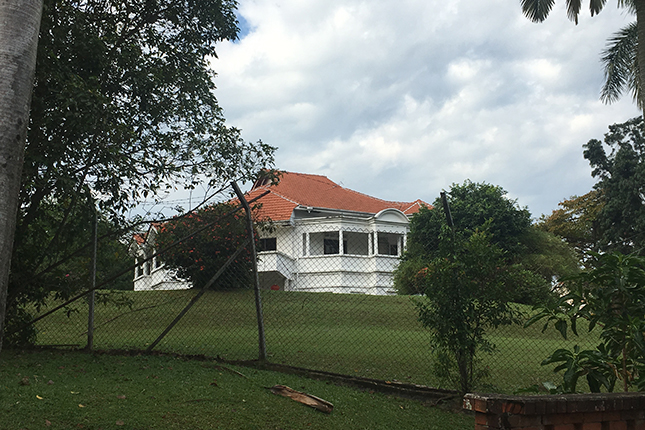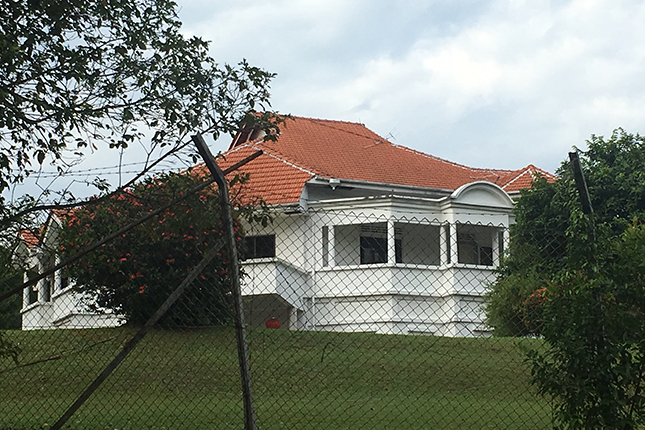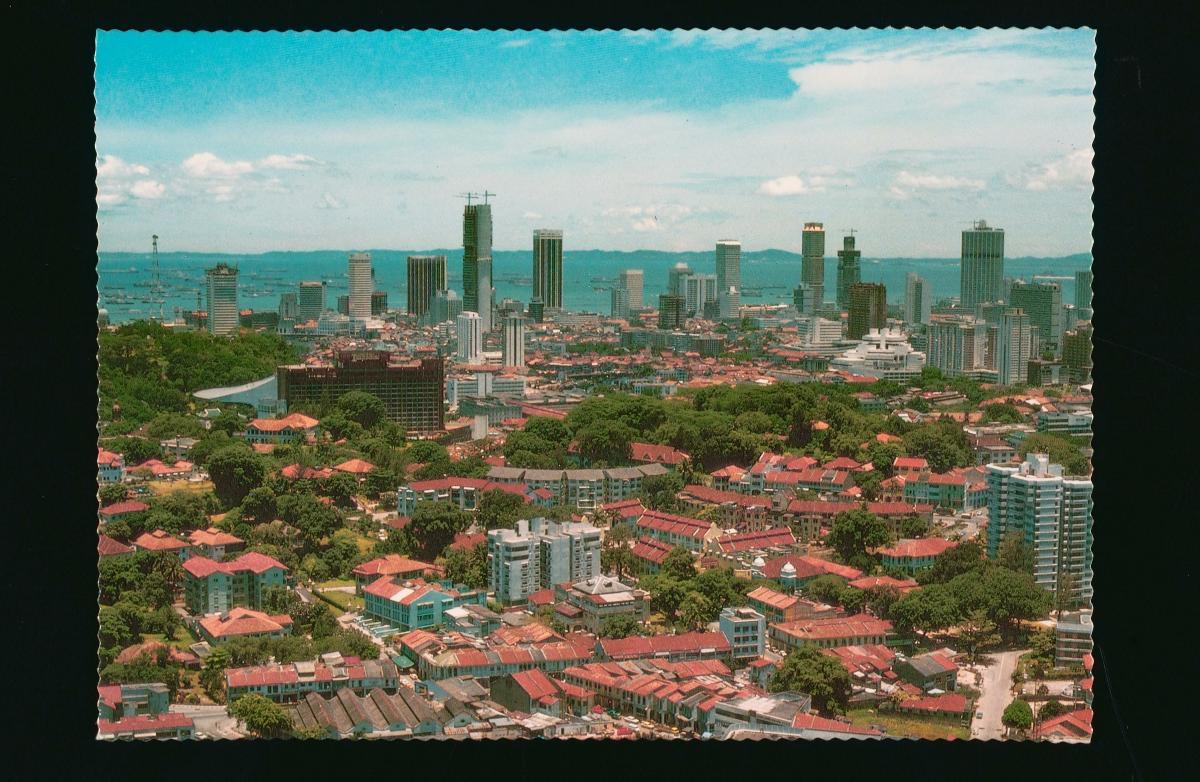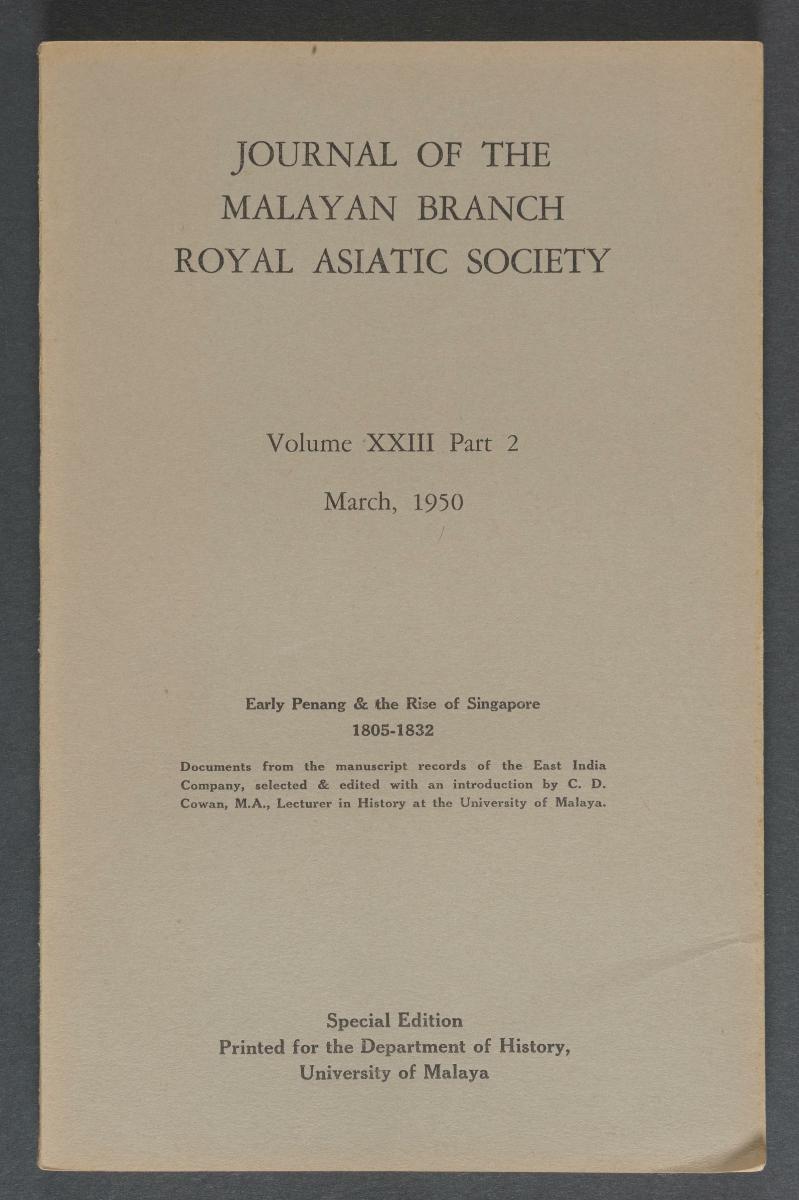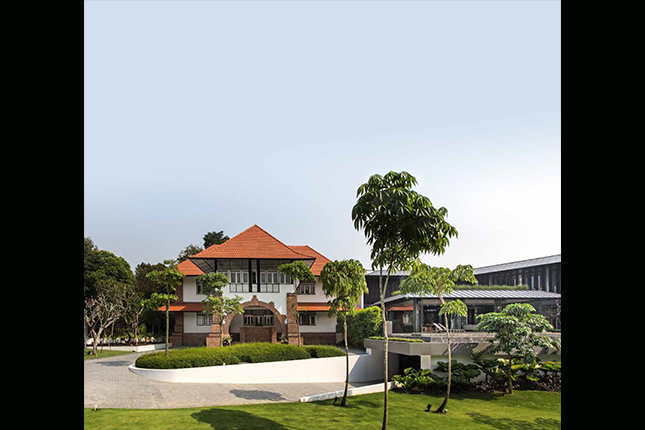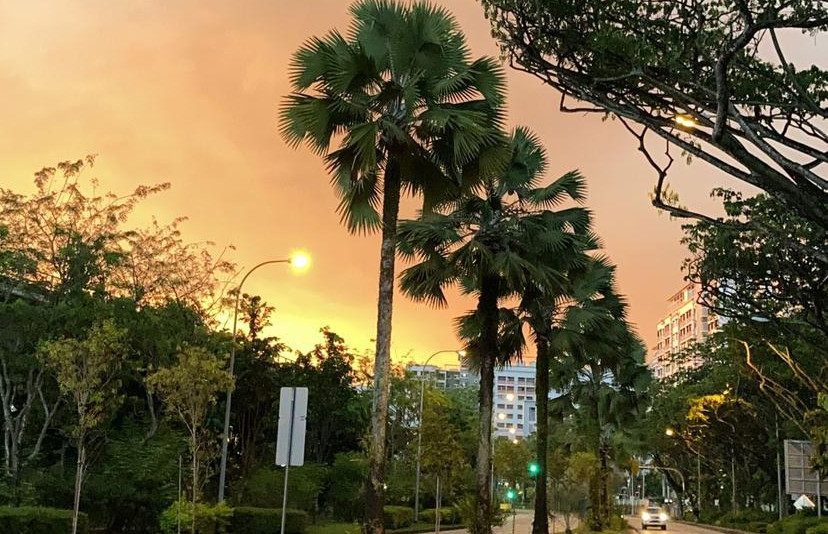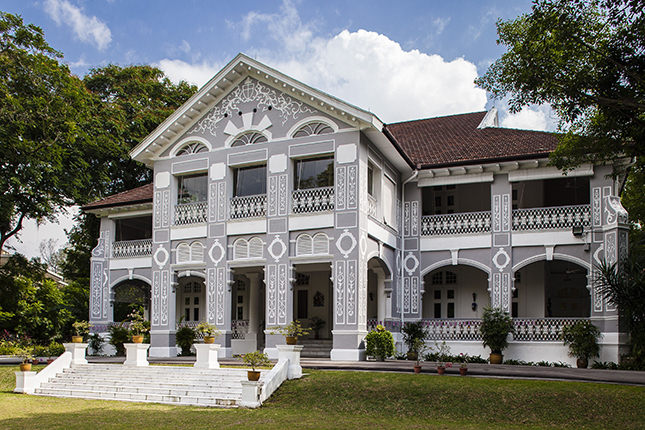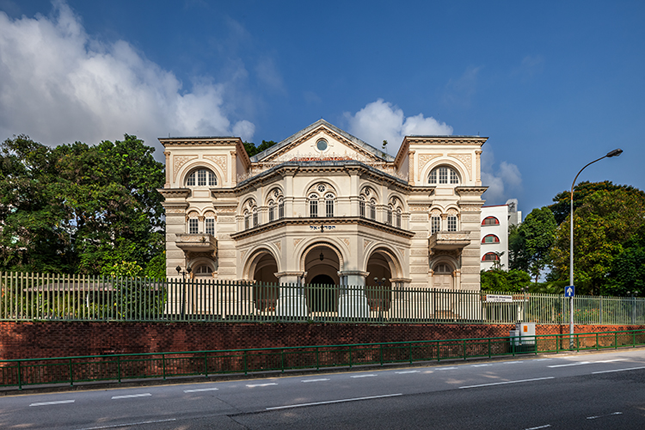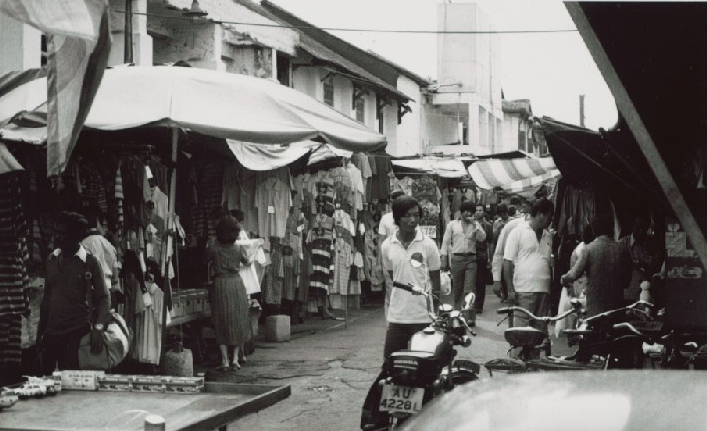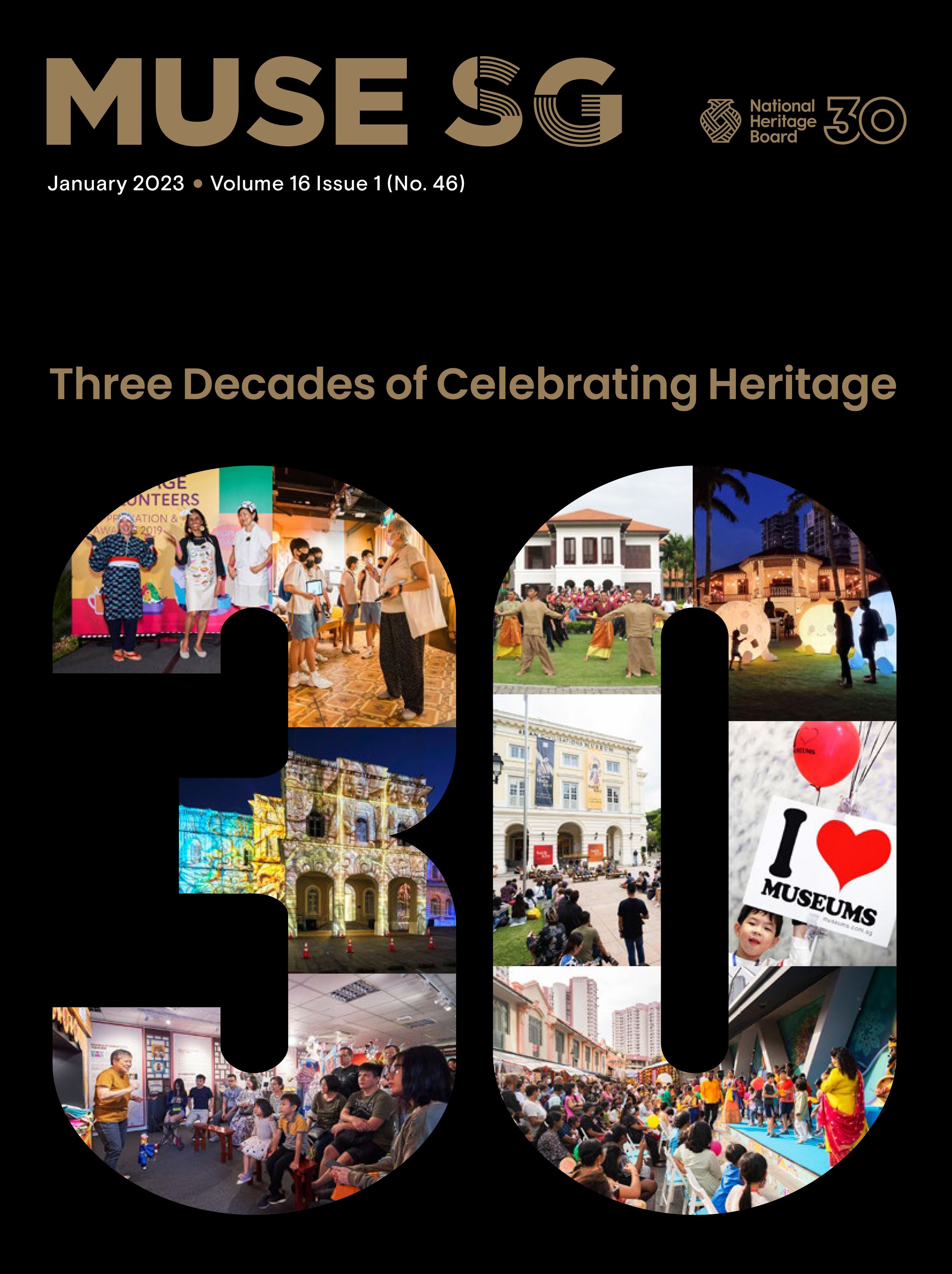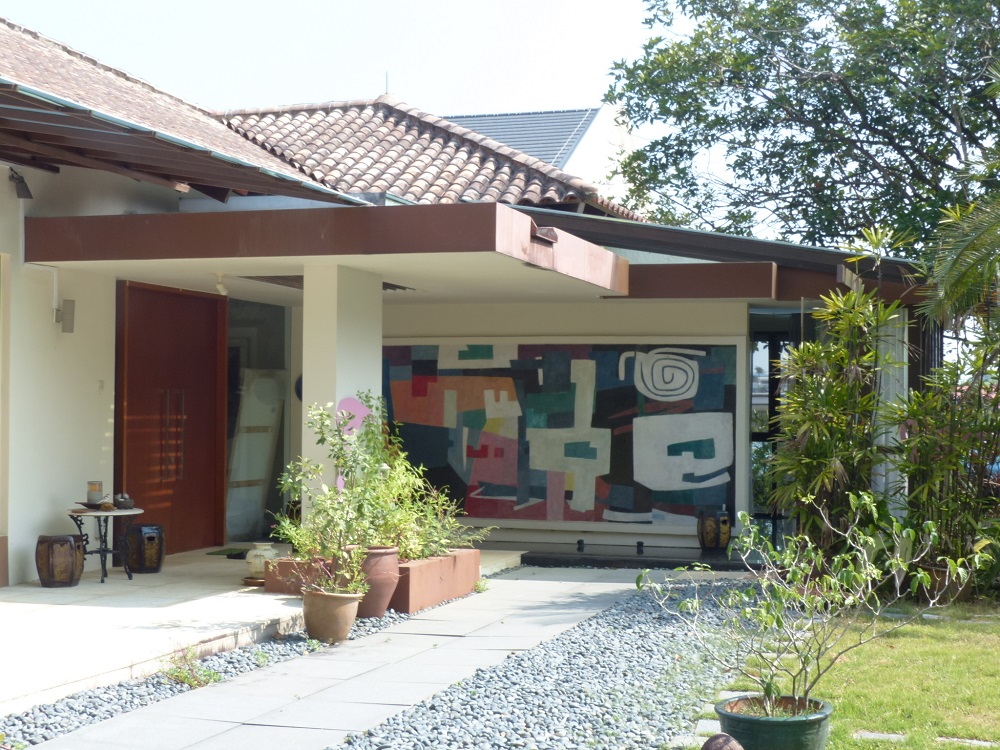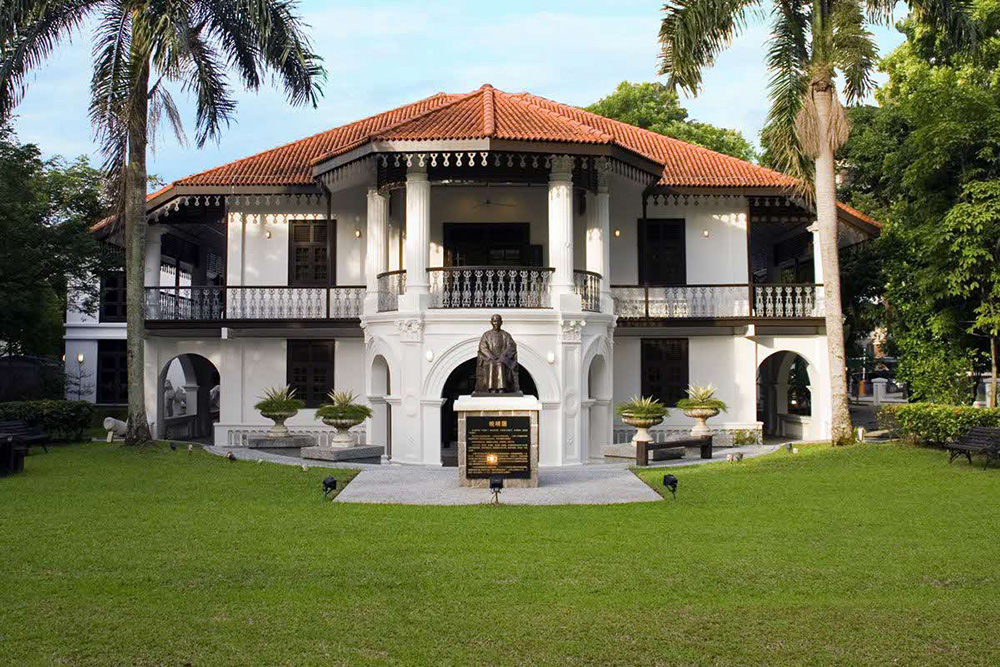Currently privately owned, the grand mansion at 5 Oxley Rise has changed hands and reconstructed several times since the 1800s. Unknown to many, numerous notable figures in Singapore’s history were associated with this site.
Perched atop of Oxley Hill, a grand dame sits isolated within lush, spawning grounds. This grand mansion was influenced by European classical architecture. It features a terracotta roof and is generously adorned with large windows and balconies.
From its vantage point, the building offers a rare panorama of the city – one that includes the former home of Lee Kuan Yew. The view further accentuated by its architectural design, which resembles a cube to offer views of the scenery in all four directions.
It is believed that Manasseh Meyer commissioned the existing building during the 1920s. A prominent Jewish businessman, Meyer was also responsible for constructing the neighbouring Chesed-El Synagogue, located at 2 Oxley Rise.
In December 1934, the house was under the public spotlight with a scandal that shocked the nation. Leased to Japanese mining company Ishihara Sangyo Koshi, its managing director, prominent Japanese resident Yoshio Nishimura, died unexpectedly as a result of strychnine poisoning while being questioned by the local police.
The house was converted into a private hotel in the following year, and was subsequently leased out as a private residence.
Prior to its purchase by Meyer in 1918, the site was formerly home to an illustrious mansion known as the Pavilion. Though privately owned, it would come to play a notable role in Singapore’s governance.
Constructed in 1847, the Pavilion was where famous surgeon and plantation owner Dr Thomas Oxley lived until his departure for England 10 years later.
During his residence, the building was the scene of an interesting episode. Dr Oxley fired several shots at a local burglar who was escaping from Dr Oxley’s room through a window which was fifteen feet off the ground. It is believed that on the morning after the incident, Dr Oxley performed a surgery at the hospital to remove the pellets from a patient who had multiple shot wounds on his back, and Dr Oxley knew how the patient was wounded.
The building subsequently came into the hands of Friedrich Albert Schreiber of German trading firm Behn, Meyer and Co. Between 1859 and 1861, it was leased by the government as the temporary premises of Government House.
Its next occupant was Catchick Moses, a prominent Armenian businessman best known as the founder of the Straits Times. After moving in in 1874, his family continued to reside in the Pavilion even after his death in 1892. They were its last residents before the Pavilion house was demolished to make way for the current property at 5 Oxley Rise.
Buildings and sites featured on Roots.SG are part of our efforts to raise awareness of our heritage; a listing on Roots.SG does not imply any form of preservation or conservation status, unless it is mentioned in the article. The information in this article is valid as of December 2019 and is not intended to be an exhaustive history of the site/building.




